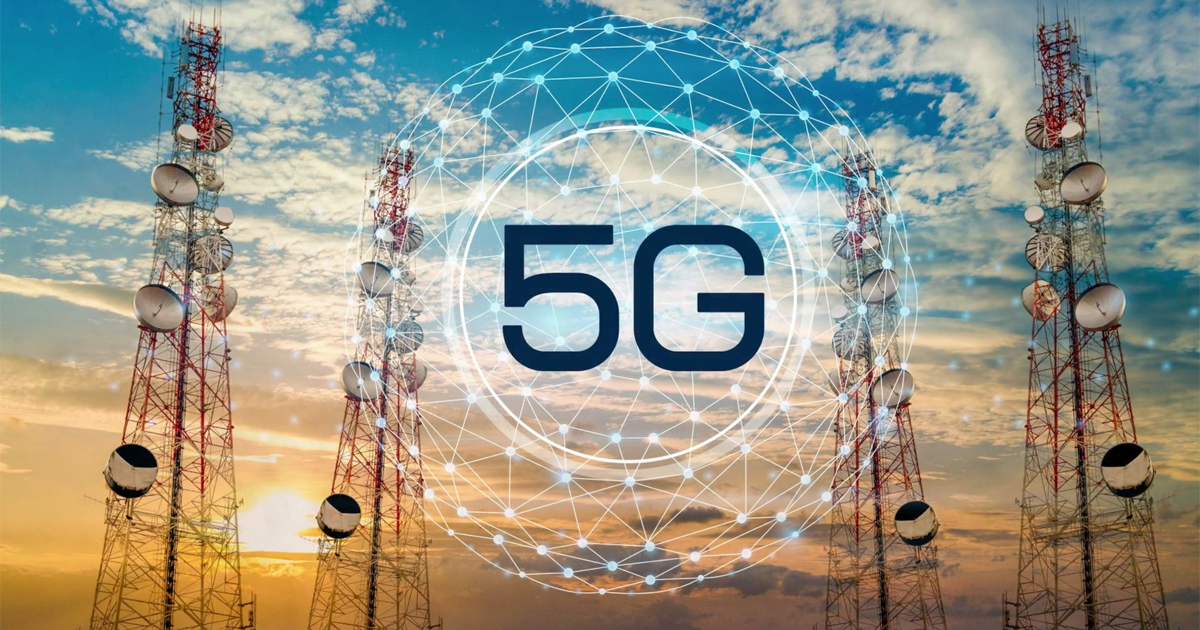5G technology has rapidly become a hot topic, as it promises to revolutionize the way we communicate and interact with the world. This article aims to provide a comprehensive overview of 5G technology for a general audience, exploring its benefits, potential risks, and real-world applications.
Brief History and Evolution
The journey of wireless communication has evolved significantly over the years. From the first generation (1G) in the 1980s, which enabled voice calls, to the arrival of 2G, 3G, and 4G, allowing for text messaging, internet access, and high-speed data transfer. Now, 5G represents the latest advancement in this technological evolution, offering unprecedented speed, capacity, and connectivity.
Technical Aspects
5G operates at higher frequencies than its predecessors, ranging from sub-6 GHz to millimeter-wave bands (24-100 GHz). These higher frequencies allow for faster data transmission speeds, reaching up to 10 Gbps or more. However, higher frequencies also have a shorter range, requiring a denser network of small cell sites to maintain coverage.
Key Differences
Compared to previous generations, 5G offers significant improvements in speed, latency, and capacity. Its high data transmission speeds enable users to download content almost instantaneously, while the low latency (as little as 1 millisecond) allows for near-real-time communication, which is vital for applications such as autonomous vehicles and remote surgeries.
Industries that Benefit
5G technology has the potential to transform numerous industries, including healthcare, transportation, and entertainment. In healthcare, 5G can enable remote surgeries and telemedicine, improving access to care for patients in rural or underserved areas. In transportation, 5G can facilitate the development of autonomous vehicles, improving safety and efficiency. In entertainment, 5G can enable seamless streaming of high-quality content and enhance virtual reality experiences.
Controversies and Concerns
Despite its many benefits, 5G technology has also been met with concerns and controversies. Some people worry about potential health and environmental effects due to the increased number of cell sites and higher frequencies. However, current research indicates that 5G technology does not pose significant health risks, and many of these concerns are based on misinformation or misunderstanding.
Examples of Implementation
Several countries, such as South Korea, China, and the United States, have already begun deploying 5G networks. In South Korea, for example, all major carriers launched 5G services in 2019, with widespread adoption by consumers and businesses alike.
Summary
5G technology has the potential to reshape our world, bringing about a new era of connectivity, innovation, and economic growth. As the technology continues to develop and mature, it is essential to remain informed and engaged in the conversation to ensure that its benefits are realized while addressing any potential risks or concerns.
